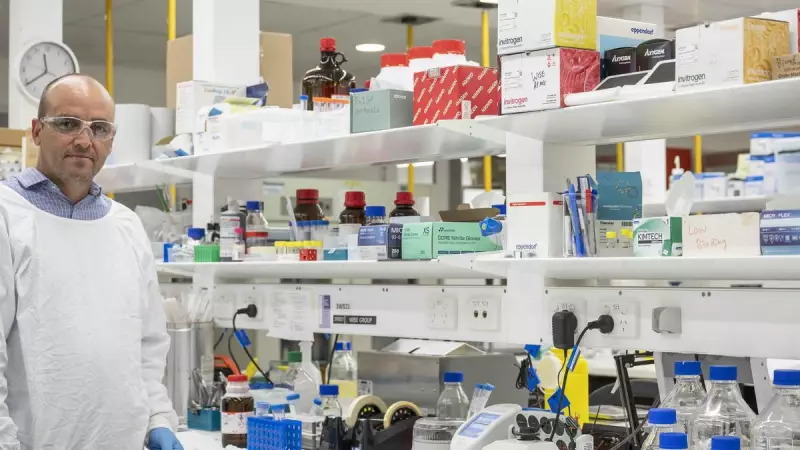
Australia is facing a dramatic surge in poisonings linked to medications used to treat Attention Deficit Hyperactivity Disorder, with new data revealing an alarming 400 percent increase over the past ten years.
Sharp Rise in Medication Incidents
New research from the University of Sydney has uncovered a disturbing trend that should concern parents, patients, and healthcare professionals across the nation. The study analyzed data from poisons centres and emergency departments between 2012 and 2022, painting a worrying picture of medication safety.
The investigation found that calls to poisons information centres regarding ADHD medications skyrocketed from just 99 calls in 2012 to 495 calls in 2022. This represents a massive increase that far outpaces the growth in prescription rates for these medications.
Understanding the Risk Factors
According to Dr. Rose Cairns, who led the University of Sydney research, the surge in poisonings affects multiple age groups but shows particular patterns. Young children under the age of 10 accounted for half of all poisoning cases, with most incidents involving accidental ingestion.
"For young children, it's typically exploratory ingestion - they find the medication and take it," Dr. Cairns explained. The colourful appearance of some ADHD medications may make them particularly appealing to curious young children.
For teenagers and adults, the circumstances differ significantly. Intentional misuse and suicide attempts represent the majority of cases in these older age groups, highlighting the complex relationship between mental health and medication management.
Prescription Growth and Safety Implications
The timing of this poisoning surge coincides with a substantial increase in ADHD medication prescriptions across Australia. Over the same ten-year period studied, prescriptions for medications like Ritalin and dexamphetamine grew by approximately 150 percent.
While prescription rates have increased significantly, the 400 percent jump in poisonings suggests that other factors are at play. Dr. Cairns emphasizes that better storage and education are crucial for preventing accidental exposures, particularly in households with children.
"For young children, it's about safe storage - up, away, and out of sight, preferably in a locked cupboard," she advises. The research also calls for improved packaging that's more child-resistant to prevent easy access.
For healthcare providers, the findings highlight the need for careful prescribing practices and patient education, particularly regarding the potential risks of these medications when not used as directed.
The study serves as an important reminder that as medication access increases, so does the responsibility for ensuring these powerful drugs are used safely and stored securely in Australian homes.





